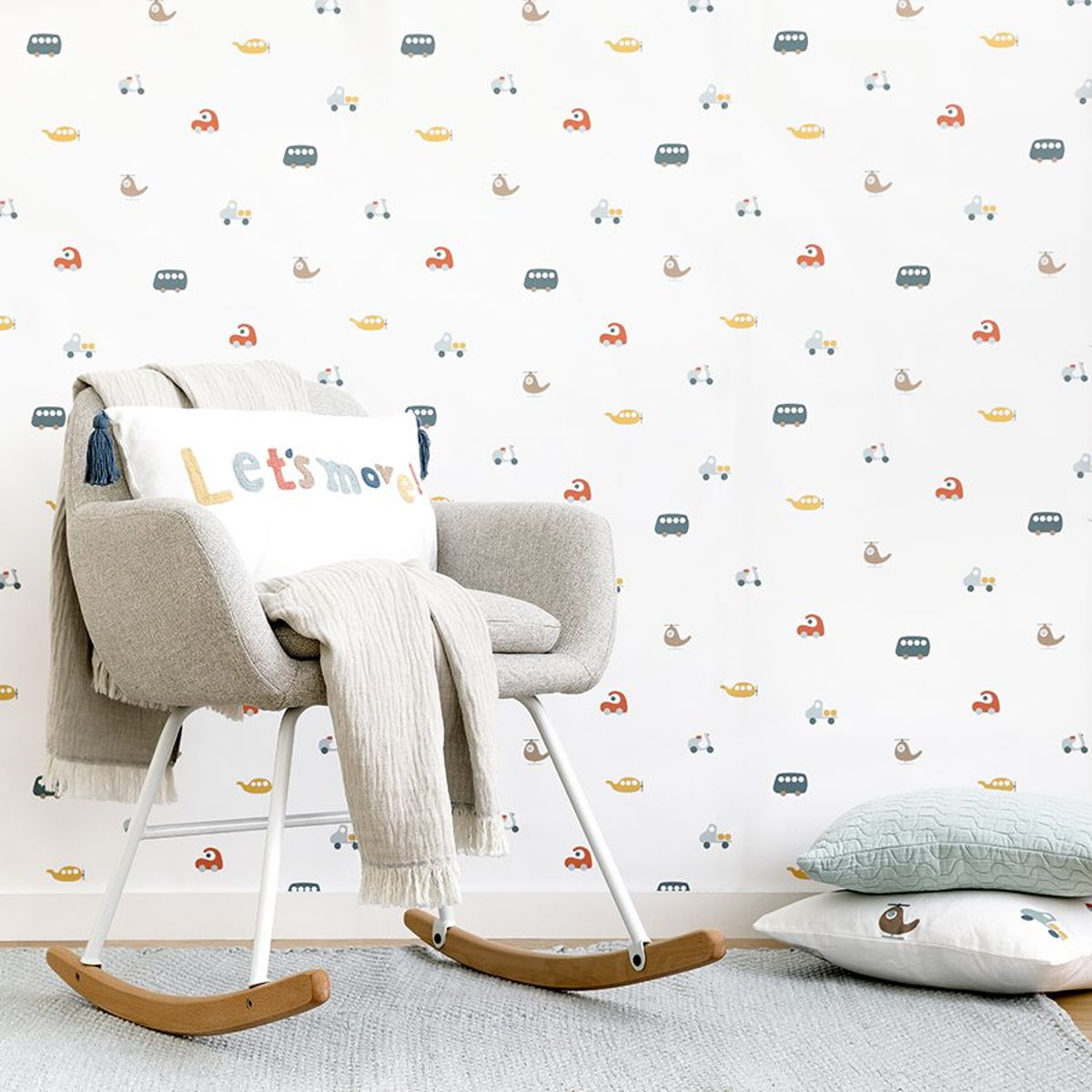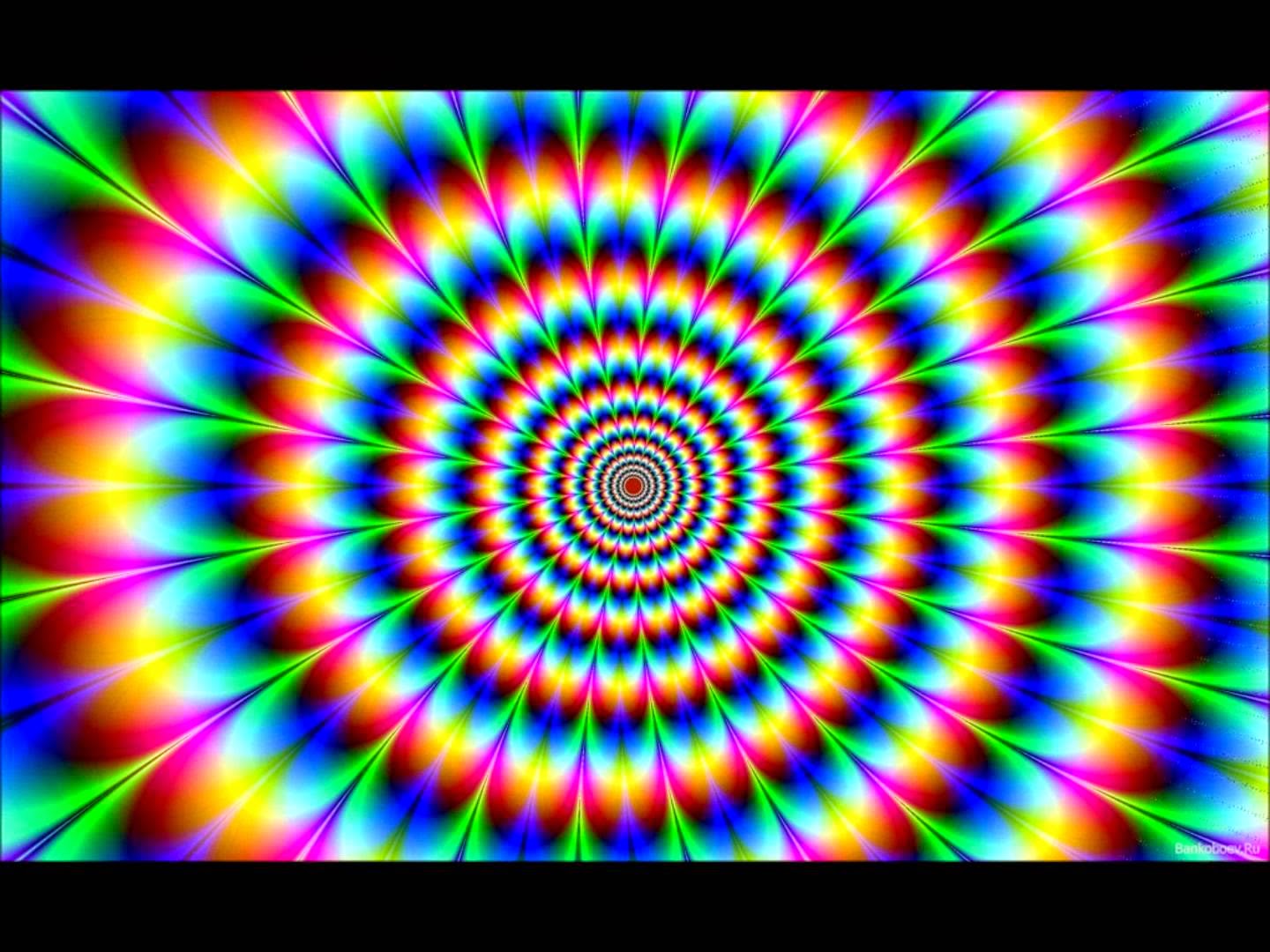

John encourages her to rest more, and the narrator hides her writing from him because he disapproves. She struggles to do daily activities, and her mental state is deteriorating. The more she stays in the room, the more the narrator’s fascination with the hideous wallpaper grows.Īfter hosting family for July 4th, the narrator expresses feeling even worse and more exhausted. She asks her husband if they can change rooms and move downstairs, and he rejects her. The narrator and her husband move into a large room that has ugly, yellow wallpaper that the narrator criticizes. She mentions her baby more than once, though there is a nurse that cares for the baby, and the narrator herself is too nervous to provide care. He discourages her wonder about the house, and dismisses her interests.

Though her husband believes she will get better with rest and by not worrying about anything, the narrator has an active imagination and likes to write. John’s sister, Jennie, also lives with them and works as their housekeeper. Her husband, John, is also her doctor, and the move is meant in part to help the narrator overcome her “illness,” which she explains as nervous depression, or nervousness, following the birth of their baby. The narrator of "The Yellow Wallpaper" begins the story by discussing her move to a beautiful estate for the summer. Her obsession with the yellow wallpaper in her bedroom marks her descent into psychosis from her depression throughout the story.

"The Yellow Wallpaper" details the deterioration of a woman's mental health while she is on a "rest cure" on a rented summer country estate with her family. We’ll go over The Yellow Wallpaper summary, themes and symbols, The Yellow Wallpaper analysis, and some important information about the author. The Yellow Wallpaper" is a widely read work that asks difficult questions about the role of women, particularly regarding their mental health and right to autonomy and self-identity. The author was involved in first-wave feminism, and her other works questioned the origins of the subjugation of women, particularly in marriage. " The Yellow Wallpaper" is often cited as an early feminist work that predates a woman’s right to vote in the United States. Charlotte Perkins Gilman’s classic short story, "The Yellow Wallpaper" tells the story of a young woman’s gradual descent into psychosis.


 0 kommentar(er)
0 kommentar(er)
